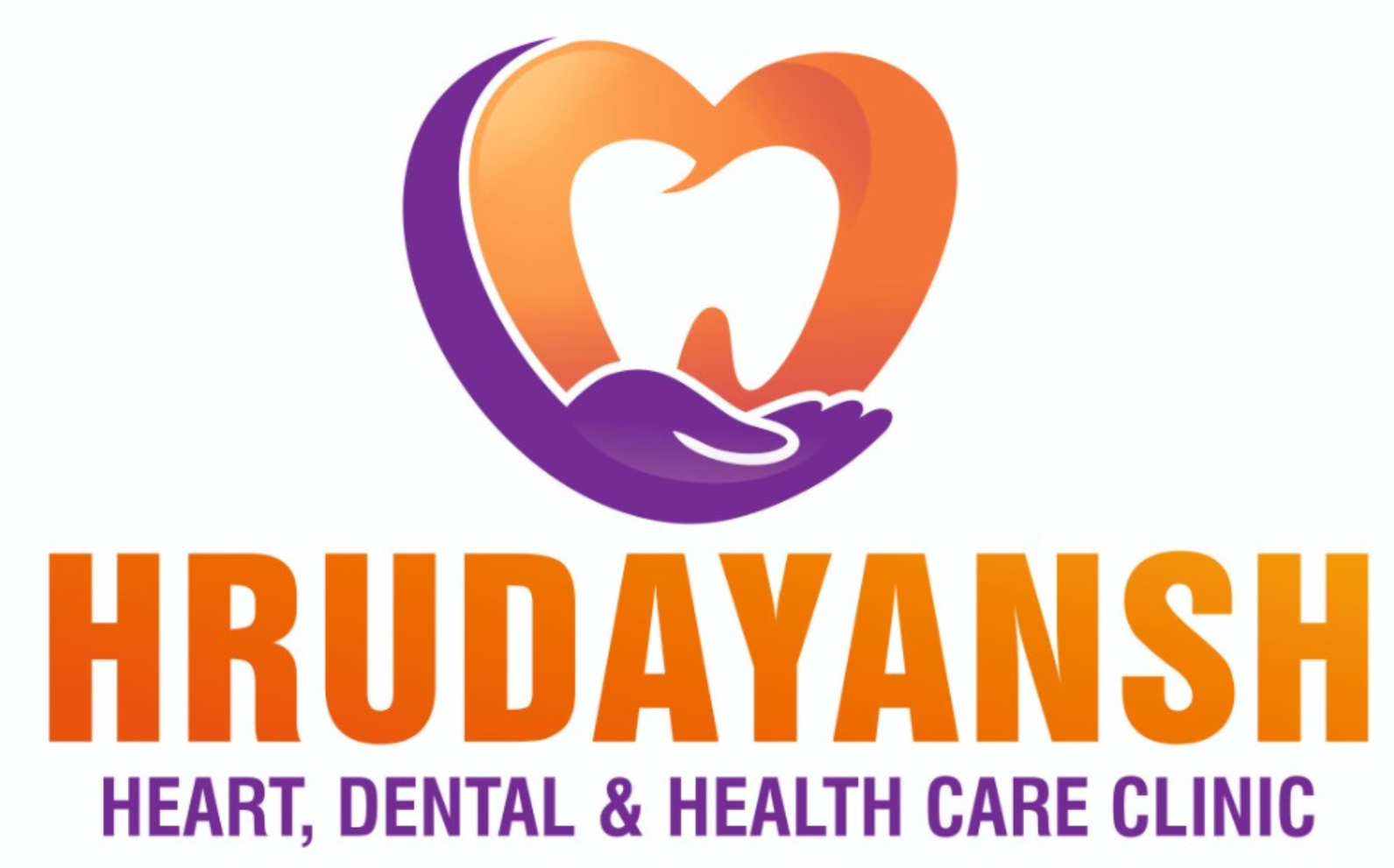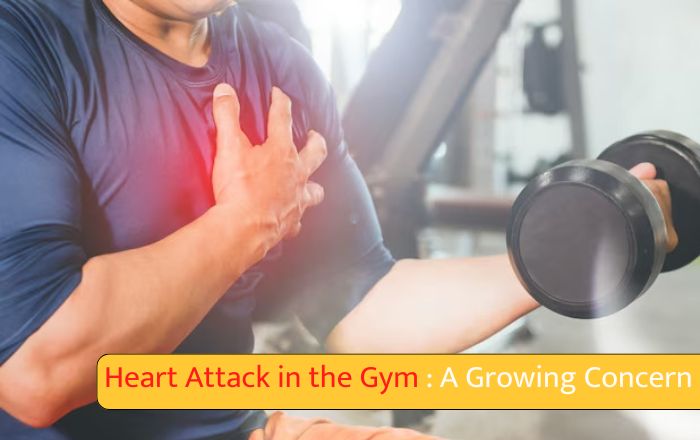Going to the gym has become a popular way to stay healthy and fit, but there’s a growing concern about heart health in the gym environment. Recent stories of people suffering heart attacks while exercising have raised awareness of the issue. It’s important to know how to protect your heart, understand the risks, and stay safe while exercising. Let’s look at why heart attacks are becoming more common in gyms and how you can protect your heart while keeping fit
Why Are Heart Attacks in Gyms Becoming More Common?
Heart attacks in gyms are on the rise and several factors are contributing to this trend. First, lifestyle changes have led to more sedentary jobs and high-stress environments, which affect heart health over time. People with undiagnosed heart conditions may also be at higher risk during high-intensity exercise, which puts a sudden strain on the heart. For some, exercise such as heavy lifting or fast cardio can become too intense if they push their limits without proper monitoring.
Age is another factor, but younger people are also at risk. Changes in diet, increased screen time and high levels of stress are making heart health a growing concern for younger adults too. Understanding these underlying factors can help people take precautions when exercising.
1. Warning Signs of a Heart Attack During Exercise
Recognizing the early signs of a heart attack can make a life-saving difference. While fatigue and breathlessness are common during exercise, heart attack symptoms are more noticeable. Warning signs include chest pain or discomfort that doesn’t go away with rest, shortness of breath, light-headedness and sweating that feels different from normal exercise sweat.
Other signs may be more subtle, such as discomfort in the arms, neck or jaw, especially if they come on suddenly and without explanation. If you or someone close to you experiences these symptoms while exercising, it’s important to stop immediately and get help.
2. Understanding Your Heart Health Before Gym Workouts
For many people, starting an exercise routine is easy, but understanding your heart health before you start can make a big difference. This is especially important if you have a family history of heart disease, high blood pressure, or other risk factors. A simple health assessment can help you understand your heart’s condition and whether certain exercises are safe for you.
Knowing your heart rate and setting realistic goals will also help you exercise within safe limits. Monitoring devices, such as fitness watches, are useful for tracking your heart rate and helping you know when it’s time to slow down or stop.
3. Preventing Heart Attacks in the Gym: Tips and Precautions
Prevention is the key to protecting your heart in the gym. Here are some tips to help reduce the risk:
1. Warm up and cool down: Always take a few minutes to warm up and cool down to help your heart adjust to the change in activity level.
2. Monitor your heart rate: Aim to stay within a heart rate range that’s appropriate for your age and fitness level. Staying above this range for long periods can put stress on your heart.
3. Stay hydrated: Dehydration can put extra strain on your heart, so drinking water throughout your workout is essential.
4. Take breaks when needed: Listen to your body and don’t push yourself too hard. It’s OK to take a break, especially if you feel lightheaded, dizzy, or overly tired.
5. Avoid heavy meals before exercise: Digesting heavy meals requires more blood flow, which can affect heart function. Try to eat lighter meals before exercise.
Knowing your limits and focusing on heart-healthy exercise practices can go a long way to keeping your workout safe and enjoyable.
4. What to Do if You or Someone Has a Heart Attack at the Gym
If you are having a heart attack, acting quickly can save your life. If you or someone close to you has symptoms, follow these steps
1. Stop all activity: Stop any activity immediately if you’re having chest pain, dizziness or other heart attack symptoms.
2. Call emergency services: Call the emergency services immediately for immediate help.
3. Start CPR if necessary: If someone collapses and is unresponsive, perform CPR if you’re trained or find someone who can. Most gyms have automated external defibrillators (AEDs) that can restore a normal heart rhythm in the event of cardiac arrest.
4. Stay calm: Try to stay calm and encourage the person experiencing symptoms to do the same. Panic can increase the heart rate and make the situation worse.
Quick action is crucial and knowing what to do in these situations can make a big difference to the outcome.
5. Consult an Expert
Whether you’re new to working out or have been active for years, consulting a heart specialist can provide valuable insights into your heart health. Regular check-ups and screenings can detect potential problems early, helping you to stay safe and fit. Dr. Digvijay Nalawade, a heart specialist in Baner, offers a range of services to help you assess and maintain your heart health before you embark on an intense workout.
Heart health is crucial, especially when working out in the gym. By recognizing risks, watching for warning signs, and following preventive steps, you can enjoy a safer, healthier gym routine. Consider speaking with a heart specialist like Dr. Digvijay Nalwade to help assess and monitor your heart health, allowing you to focus on fitness with confidence.

